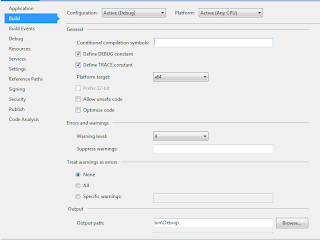using OSGeo.OGR;
using OSGeo.OSR;
using OSGeo.GDAL;
1: public void FindPolygonBelongsToPoint()
2: {
3: try
4: {
5: var shapePath = @"C:\Locations_WGS84.shp";
6: Ogr.RegisterAll();
7: OSGeo.OGR.Driver shapeDriver = Ogr.GetDriverByName("ESRI Shapefile");
8: DataSource shape = shapeDriver.Open(shapePath, 0);
9: Layer layer = shape.GetLayerByIndex(0);
10:
11: Feature polygonFeature = layer.GetNextFeature();
12:
13: long featureCountInLayer = layer.GetFeatureCount(1);
14: for (int i = 1; i <= featureCountInLayer; i++) {
15:
16: Geometry polygonGeom = polygonFeature.GetGeometryRef();
17:
18: string coordinates = "POINT (-100.726 38.995)";
19:
20: SpatialReference spatialRef = layer.GetSpatialRef();
21: Geometry point = Ogr.CreateGeometryFromWkt(ref coordinates, spatialRef);
22:
23: bool isInside = point.Within(polygonGeom);
24:
25: if (isInside)
26: {
27: var val = polygonFeature.GetFieldAsString(4);
28: Console.WriteLine("Found one");
29: }
30:
31: polygonFeature = layer.GetNextFeature();
32: }
33:
34: }
35: catch (Exception ex)
36: {
37:
38: Console.WriteLine(ex.Message);
39: }
40:
41: }














